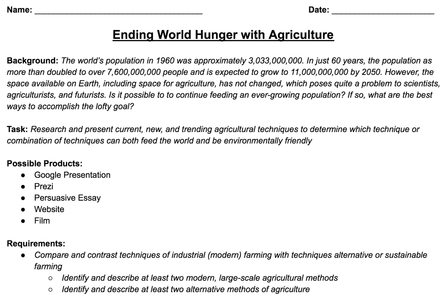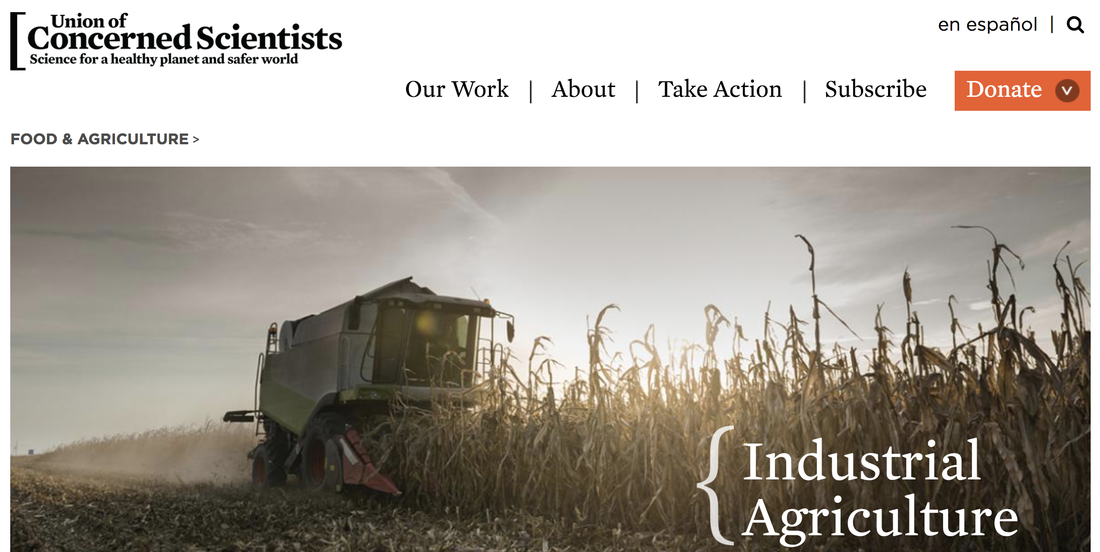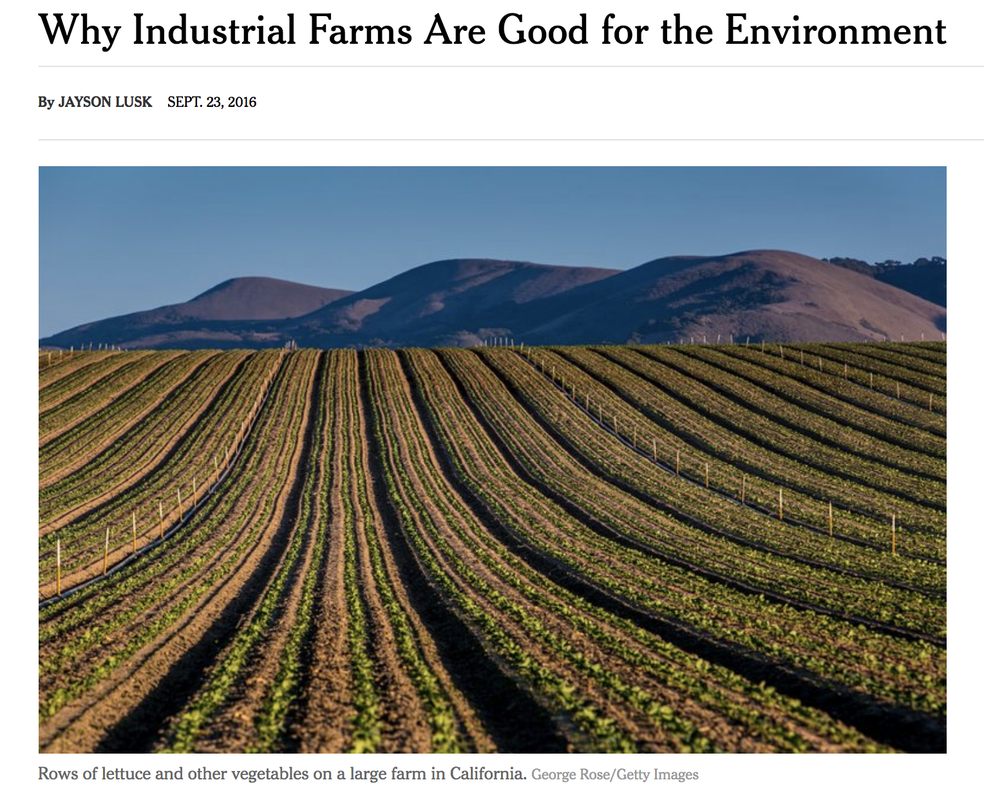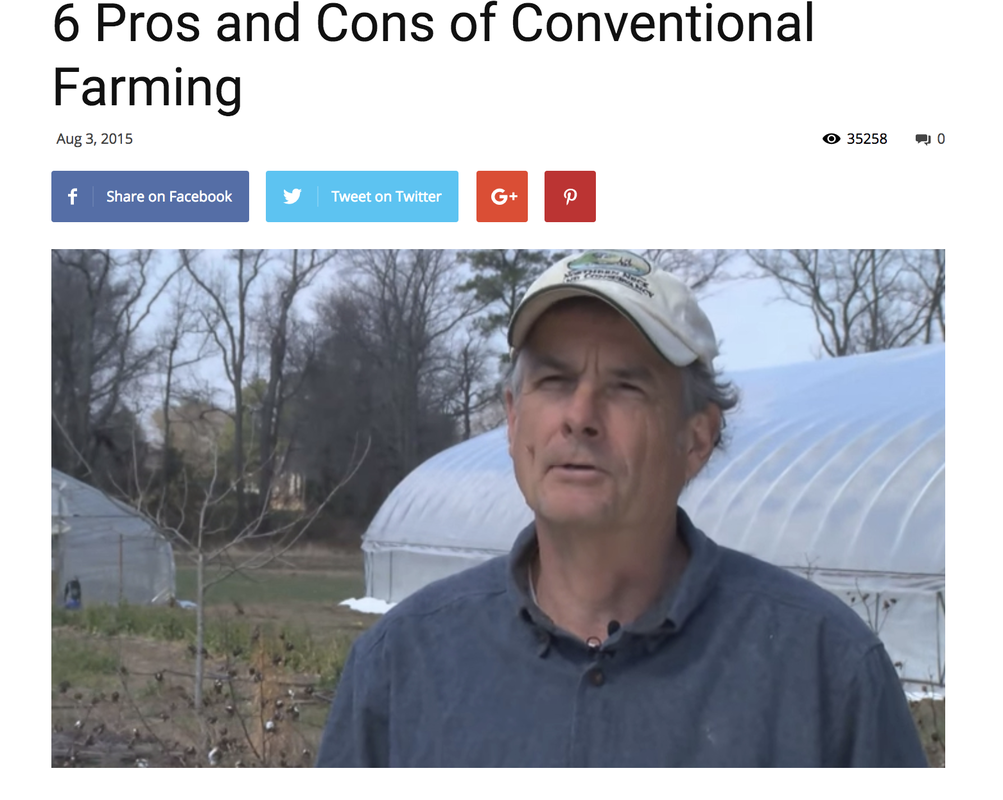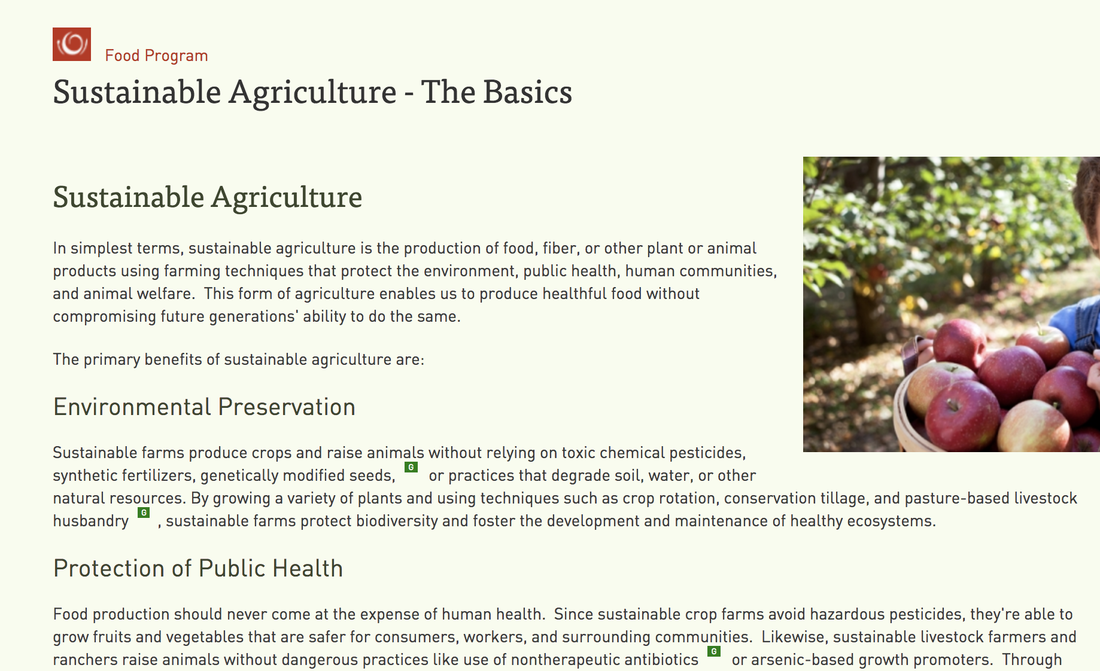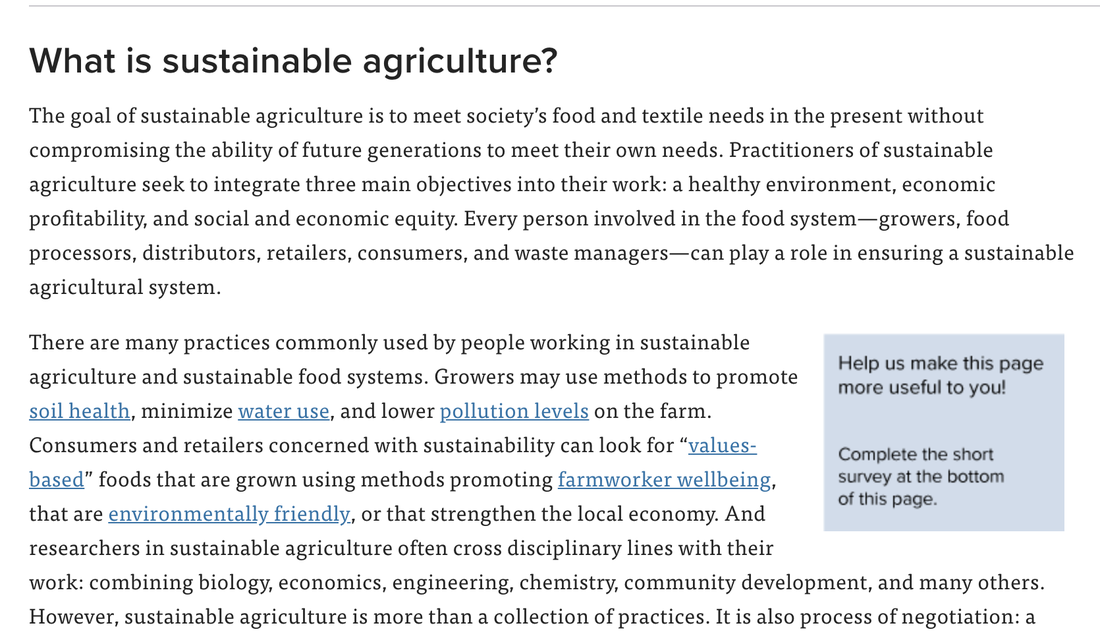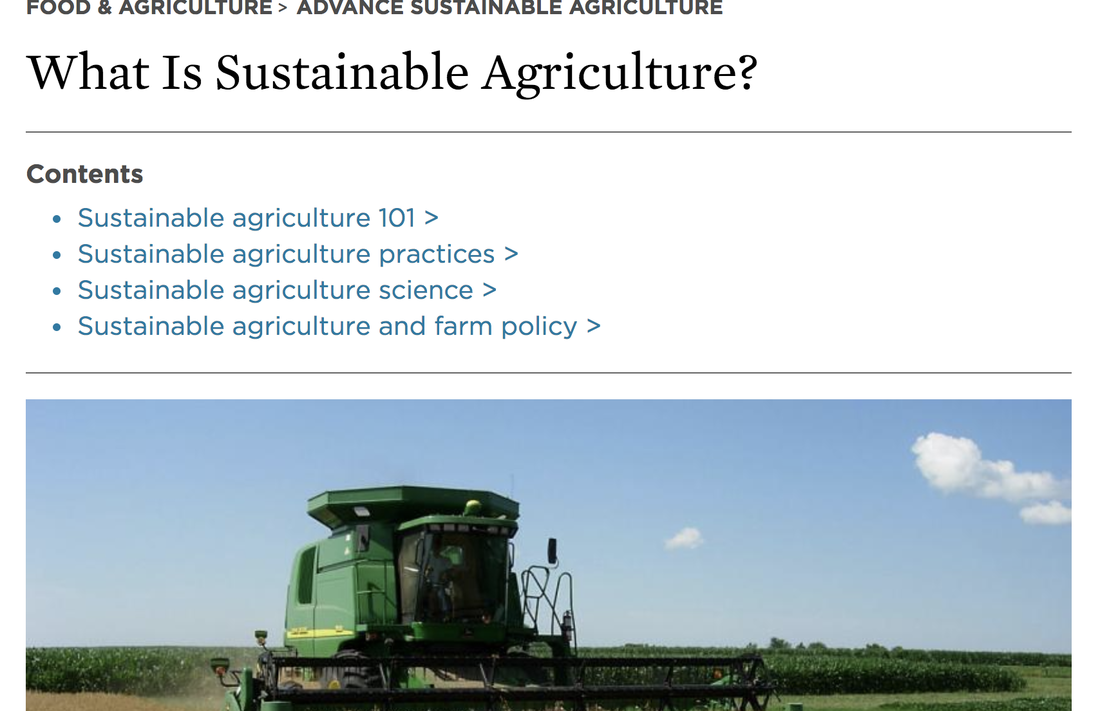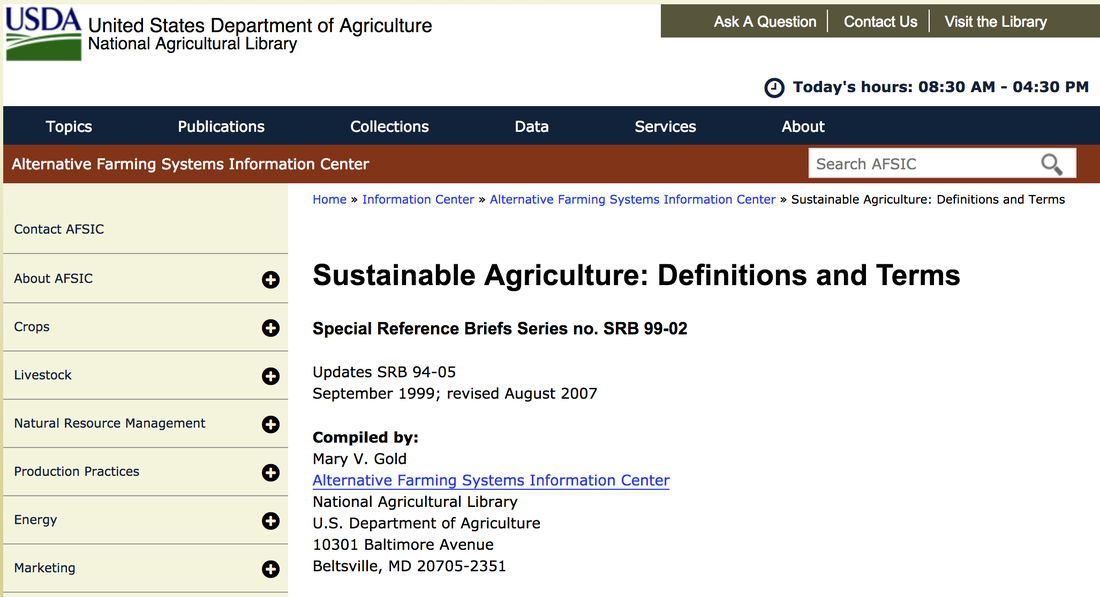Ending World Hunger with Agriculture
Background: The world’s population in 1960 was approximately 3,033,000,000. In just 60 years, the population as more than doubled to over 7,600,000,000 people and is expected to grow to 11,000,000,000 by 2050. However, the space available on Earth, including space for agriculture, has not changed, which poses quite a problem to scientists, agriculturists, and futurists. Is it possible to to continue feeding an ever-growing population? If so, what are the best ways to accomplish the lofty goal?
Task: Research and present current, new, and trending agricultural techniques to determine which technique or combination of techniques can both feed the world and be environmentally friendly
Task: Research and present current, new, and trending agricultural techniques to determine which technique or combination of techniques can both feed the world and be environmentally friendly
|
Learning Objectives: By the end of this assignment, you should be able to...
|
Process
Part 1 What is the problem? Watch the following video. What problem(s) are we facing today? What are your initial thoughts, reactions, and questions?
Part 2 Industrial Farming and Agricultural Processes: Create a note-taking system to learn more about the Use the resources below to describe each process and explain the advantages and disadvantages of each.
|
|
|
Part 3 Alternative and Sustainable Farming and Agricultural Processes: Use the resources below to add to your notes. Remember, focus on both the advantages and disadvantages of each process.
|
|
|
Part 4 International Treaties and US Laws: Create flashcards and add them to your current Laws and Treaties flashcards.
- Food Quality Protection Act of 1996
- Federal Insecticide, Fungicide, and Rodenticide Act
- Federal Food, Drug, and Cosmetic Act
- Fishery Conservation and Management Act (1976
- Taylor Grazing Act of 1934
Part 5 Choose and Create your Product: Process the information your have learned to complete the task:
Which agricultural techniques should be implemented to both feed a growing population and still be environmentally friendly?
Which agricultural techniques should be implemented to both feed a growing population and still be environmentally friendly?
